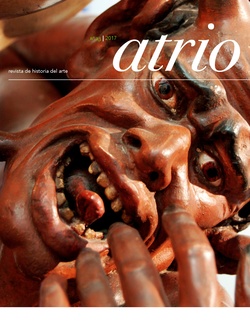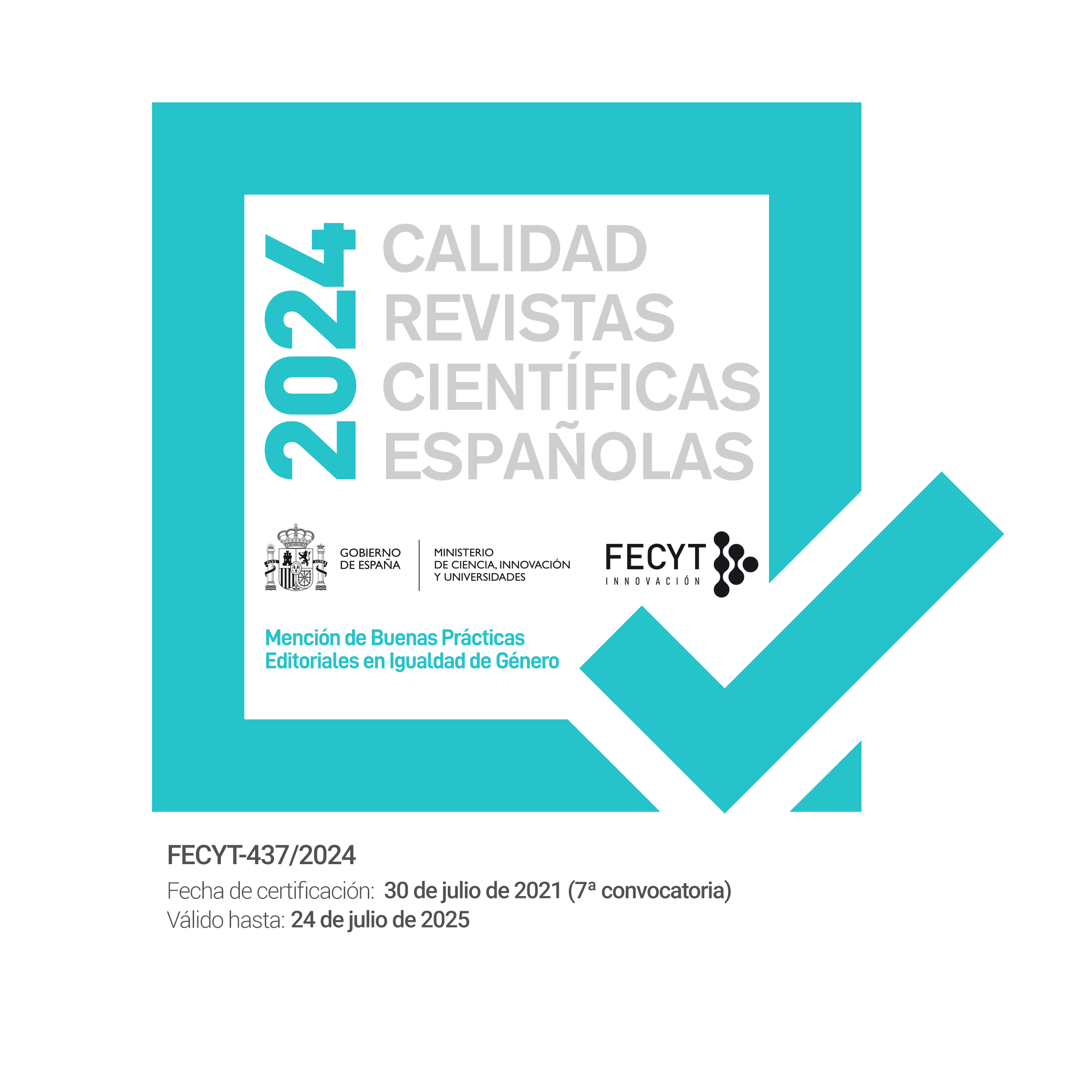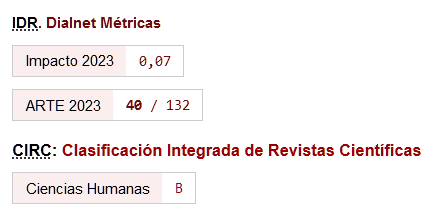Hygiene and beauty. Two decisive subjects in Montevideo ́s funerary architecture in the 19th century
DOI:
https://doi.org/10.46661/atrio.3768Keywords:
Architecture, necropolis, hygiene, beauty, Enlightenment ideasAbstract
The important debates in the Spanish context of the eighteenth century concerning the prohibition of burials in churches and chapels, as well as the creation of new cemeteries distant from the urban fabric, had their inevitable American correlates. Very early, in the city of Montevideo, these deliberations were organized as from the Enlightenment’s new ideas and, particularly, as from a deep assessment of the concept of hygiene. The result was the creation of its first cemetery outside the city walls in 1808, during the last years of the Colonial period. The political and cultural changes – two decades later – also required changes as from the architecture of death: the sense of beauty was incorporated to the value of hygiene as an essential element in the conception of the new modern necropolises. Such change operated in Montevideo on two binding facts: on the one hand, the attempt to transform the old colonial cemetery with an aestheticist approach and, on the other, the design and construction of a larger necropolis –the New Cemetery– following the new beauty guidelines in Europe, particularly in France.
Downloads
Published
How to Cite
Issue
Section
License
Copyright (c) 2017 William Rey Ashfield

This work is licensed under a Creative Commons Attribution-NonCommercial-ShareAlike 4.0 International License.
Los autores/as que publican en Atrio. Revista de historia del arte están de acuerdo con los siguientes términos:
- Los autores/as conservan los derechos de autor y garantizan a la revista el derecho de ser la primera publicación del trabajo al igual que licenciado bajo una licencia de Creative Commons Attribution-NonCommercial-ShareAlike 4.0 International License que permite a otros compartir el trabajo con un reconocimiento de la autoría de este y la publicación inicial en esta revista.
- El autor/a o cedente del material que se entrega para su publicación autoriza a la revista para que publique, sin obligación alguna (económica o de otra naturaleza), el contenido del referido manual tanto en formato papel, como en digital, así como en cualquier otro medio. Esta cesión de uso del material entregado comprende todos los derechos necesarios para la publicación del material en la revista. Quedan garantizados, simultáneamente, los derechos morales del autor
- El autor/a o cedente es plenamente consciente y está de acuerdo con que todos o cualesquiera de los contenidos proporcionados, formarán una obra cuyo uso se cede a la revista para su publicación total o parcial.
- El autor/a o cedente garantiza ser el titular de los derechos de Propiedad Intelectual sobre los contenidos proporcionados, es decir, sobre el propio texto e imágenes/fotografías/obras fotográficas que se incorporan en su artículo.
- El autor/a o cedente asegura y garantiza: (i) que todo el material enviado a la revista cumple con las disposiciones legales aplicables; (ii) que la utilización de cualquier material protegido por derechos de autor y derechos personales en la concepción del material se encuentra regularizada; (iii) que obtuvo las licencias de derechos, permisos y autorizaciones necesarias para la ejecución del material, inclusive los derechos de imagen, si fueran aplicables; y (iv) que el material no viola derechos de terceros, incluyendo, sin limitarse a estos, los derechos de autor y derechos de las personas.
- El autor/a o cedente, exime a la revista de toda y cualquier responsabilidad con relación a la violación de derechos de autor, comprometiéndose a emplear todos sus esfuerzos para auxiliar a la revista en la defensa de cualquier acusación, medidas extrajudiciales y/o judiciales. Asimismo, asume el abono a la revista de cualquier cantidad o indemnización que esta tenga que abonar a terceros por el incumplimiento de estas obligaciones, ya sea por decisión judicial, arbitral y/o administrativa.













